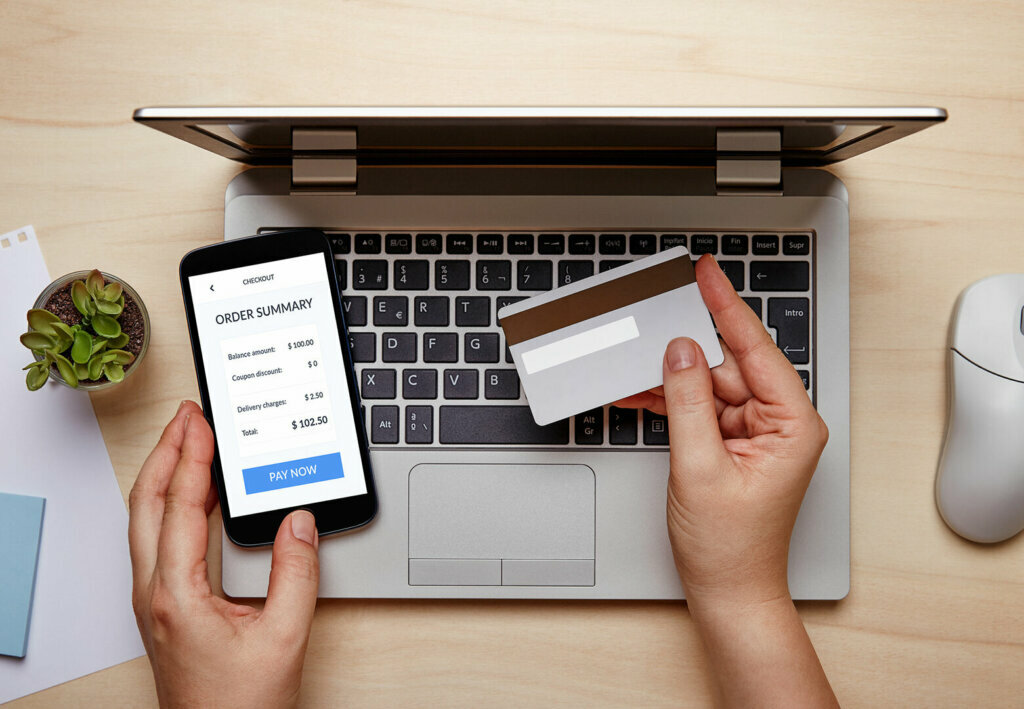
Online shopping is nothing new, but the pandemic has ignited significant growth in e-commerce in the U.S. and it has changed consumer behavior.
Reston, Virginia-based digital tracking and audience measurement company comScore Inc. has released a report on the state of online retail spending and it notes total digital commerce now accounts or nearly 1 in 4 discretionary dollars spent by consumers.
During the early weeks of the coronavirus pandemic in the first quarter of 2020, comScore reports the highest share ever of digital spending.
“We’ve seen significant year-over-year growth in categories like food, including food delivery, baby products and pet supplies, as well as home and garden and furniture and appliance as people are setting up more home offices and spending more time on home improvement projects,” comScore senior media analyst Paul Dergarabedian told WTOP.
Online grocery spending has skyrocketed, with mobile spending alone on grocery reaching $13.1 billion in the second quarter. Safeway owner Albertsons reports online grocery sales in the third quarter were up 246% from the same quarter a year ago.
Consumers are discovering there is very little they can’t buy online these days, and they’re buying things online they haven’t in the past.
“It is so true. The consumer behavior has been so different and so modified by the pandemic. Things that you would normally run out to the store to buy, things like toothpaste and deodorant, people are just ordering those things online. Things they would never have ordinarily ordered online, people are now looking at everything,” Dergarabedian said.
The shift in consumer behavior to more readily defaulting to online purchases and the relative ease of doing so because of time-saving e-commerce platforms that store passwords and credit card information has meant some consumers are spending more online than they need to, or even should.
“The impulse buy has never been more prevalent. People see what they want online. It is very nebulous in a way. Let’s face it people are bored. They’re stuck at home. Retail therapy is a real thing whether we want to believe it or not,” Degarabedian said.
Even with many consumers spending more time at home, e-commerce spending via mobile devices is growing at three times the pace of growth for desktops, but desktop still accounts or the majority of online purchase transactions.








